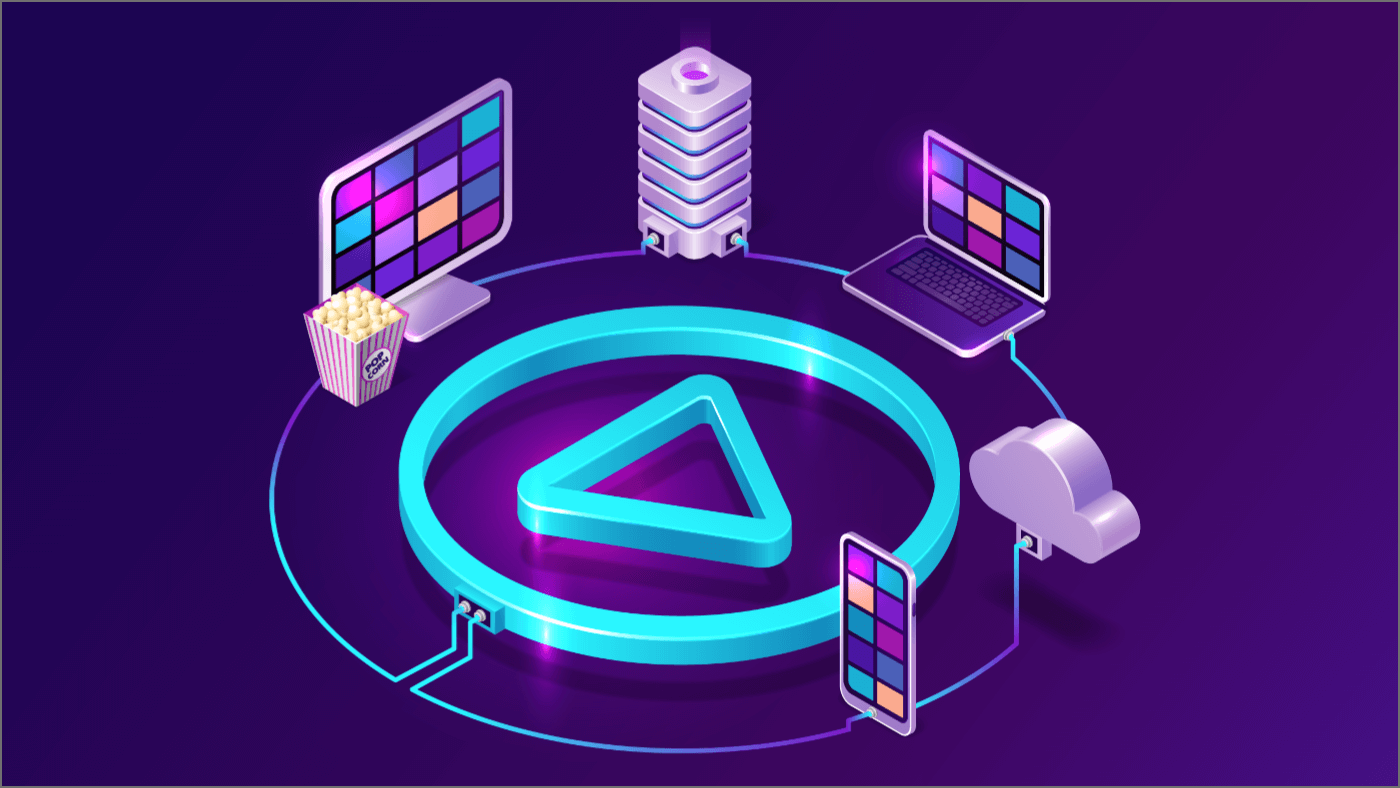Five projects with high transaction speed, low fees and possible long-term prospects.
Fantom
Fantom belongs to a generation of blockchains that solve the Ethereum scalability problem. The project has existed since 2018, the FTM token was in the top 50 of the Coinmarketcap rating.
The platform operates on the Lachesis consensus algorithm, which is based on a combination of Proof of Stake (PoS) and aBFT. The Fantom network consists of three parts:
- Application Layer – this layer is designed for applications;
- Ware Layer – smart contracts and programs are executed in it;
- Core Layer – a layer for conducting transactions.
- The Fantom Opera network is compatible with the Ethereum Virtual Machine (EVM) and also integrates with the Cosmos SDK. The Fantom blockchain can be integrated into other blockchains as a consensus module.
According to the representatives of the project, the network can conduct up to 300 thousand transactions per second. The total capitalization of the coin is $3.16 billion.

The Fantom team, led by Fantom Foundation CEO Michael Kong, is made up of South Koreans. The project has support and community there. The DeFi architect of the project is one of the iconic people in the crypto community, Andre Cronje.
Avalanche
The Avalanche smart contract execution platform has been in existence since 2018, and the launch of the platform took place a year ago on September 21, 2020. Avalanche is developed and developed by Ava Labs.
Using the Avalanche functionality, developers can create a public or private blockchain, select the desired programming language and those virtual machines, including the Ethereum EVM, with which a particular blockchain will interact.
The speed of the Avalanche blockchain is ensured by the use of the Snow protocol – the period of transactions in which should not exceed two seconds. Another important advantage of this protocol is its security.
At the moment, Avalanche can process up to 4.5 thousand transactions per second, project representatives promise to bring this level to 20 thousand and above after applying second-level solutions.
The platform uses two consensus engines – DAG Avalanche and Snowman. Avalanche consists of several blockchains, three of which make up the main network:
- Exchange Chain (X-Chain) is designed to issue and exchange crypto assets, including the native token of the Avalanche network (AVAX);
- Contract Chain (C-Chain) is compatible with Ethereum and is designed to interact with this network and execute smart contracts;
- Platform Chain (P-Chain) is designed for staking and coordinating validators.
C-Chain and P-Chain are interconnected through X-Chain. The number of addresses on C-Chain is 372 thousand. The total capitalization of AVAX is $16 billion. The number of wallets on X-Chain is currently 738.5 thousand addresses.
Elrond
Elrond is a blockchain platform for the execution of smart contracts, the IEO of the coin took place in mid-2019 on the Binance exchange. The main function of the platform is to create high-performance and secure applications (DApps) based on smart contracts. The initiator of the project is Everstake.
The high throughput of the Elrond network is achieved through the use of a special sharding method Adaptive State Sharding, in which the shard load should not exceed 50%.
The platform uses the Secure Proof of Stake (SPoS) consensus algorithm, in which a block validator is randomly selected. The declared speed of transactions on the Elrond testnet is 250 thousand transactions per second, and the current network throughput is 15 thousand transactions.
At the moment, there are over 784 thousand wallets on the network. The total capitalization of the coin is $4.46 billion.
Tron
The Tron project held an ICO for $70 million in 2017, and in 2018 launched its own blockchain, which became one of the first alternatives for Ethereum. USDT stablecoin issuer Tether released the first coins on this chain in 2019.

In 2020, the project was marked by the conclusion of an agreement with Samsung, under which the TRX coin was added to the Samsung Blockchain Wallet for Galaxy smartphones.
The architecture of Tron resembles Ethereum, critics even call it an “Ethereum clone”. Due to the use of the consensus algorithm, Tron is several times faster and has almost zero commissions. At the same time, the degree of decentralization of Tron is less.
Nearly $36 billion USDT has been issued on the TRON blockchain, which is even more than the issuance of this stakecoin on the Ethereum blockchain. Also recently, on the Tron blockchain, he released his coins of the second largest stablecoin by capitalization – USDC.
The total capitalization of TRX according to Coinmarketcap is $7 billion, in DeFi on TRON, a total of about $10.6 billion is locked, and the total number of wallets is more than 54 million.
Tezos
The ICO of the Tezos blockchain platform took place in 2017. A record $232 million was collected. The founders of the project are the spouses Arthur and Catelyn Breitman.
After a successful ICO, the project found itself in a difficult situation due to a corporate conflict between the Breitman spouses and the head of the Tezos Foundation, Johann Gevers.
result was the resignation of Gevers in February 2018. During the conflict, investors filed several lawsuits against Tezos. As a result, it was possible to launch the main network only by the fall of 2018.
Tezos uses the Liquid Proof of Stake consensus algorithm. New blocks are created using staking, node owners in the Tezos network are called bakers. The peculiarity of the Tezos blockchain is that not only node holders can earn on staking the native XTZ coin. To create a node, you need 8 thousand XTZ.
Major European financial institutions partner with Tezos, including Crypto Finance AG and the Central Bank of France, which uses the Tezos blockchain to create digital currency.
To write the Tezos code, the OCaml language was used. In early August, the Granada update was activated on the Tezos network, which reduced the price of transactions on the network.
In total, there are 1.7 million wallets on the Tezos blockchain. The total capitalization of the cryptocurrency is $4.98 billion, of which 76.6% is blocked for staking.
